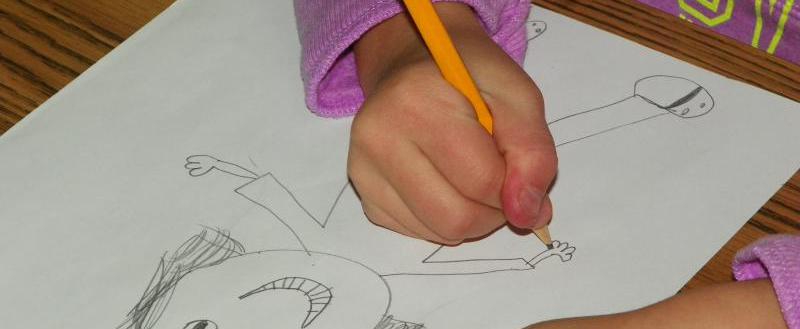
Gum is a wonderful proprioceptive tool - I like to refer to it as the trampoline for the mouth. I encourage parents and teachers to have their children chew gum while doing homework/written work and to use gum as a tool to help with transitions especially when leaving the house.
Over the years, we have found chewing gum helps:
- Meet oral sensory needs (i.e. licking objects, fingers/hair in the mouth)
- Flow of written output
- Ease in transitions
- Speed up dressing time in the morning
Bye the bye, I have all my baseball players chew gum in the recreational league I coach in. A few years back, I was perplexed by the "flatness" of poor team play. One of my players said, 'Coach, we had NO gum tonight". It was the last time I left the bucket of gum out of the dugout!
Research has found that chewing gum can correlate with:
- heightened metabolic function
- lower stress levels
- improved attentional task performance
- improved selective and sustained attention
- extended concentration
- improved tests score in various subjects
Previous literature has published the following results:
- The effects of chewing gum can be explained by the optimal arousal theory, in which increased levels of arousal can improve performance (Onyper, Carr, Farrar & Floyd, 2011)
- Chewing gum induces oral stimulation, which causes an increase in cerebral blood flow, therefore an increase in brain activity (Hirano et al., 2008)
- This is referred to as "mastication induced arousal" in which increased levels of arousal affect the central and sympathetic nervous systems (Onyper, Carr, Farrar & Floyd, 2011)
- Chewing gum can cause an immediate release of glucose to the brain, heightening metabolic activity and cognitive performance (Stephens and Tunney, 2004)
- Chewing gum can cause a sudden sense of relaxation, allowing students to feel less stressed. Cortisol levels were found to be lower in those who chewed gum consistently. (Hollingworth, 1939)
- University students who chewed over 40 pieces of gum for two weeks reported lower levels of stress than those who did not chew gum (Smith & Woods, 2012)
- Chewing gym has been found to improve attentional task performance, as it was associated with higher self-reported alertness, contentedness and calmness (Johnson, Muneem & Miles, 2013)
- Adolescent students who chewed gum for 14 weeks experienced a significantly greater improvement in math scores on a standardized math test that those who did not chew gum (Johnston, Tyler, Stansberry, Moreno & Foreyt, 2012)
- Chewing gum has been found to improve both selective and sustained attention when performing various tasks (Smith, 2010)
- Students who chewed gum while learning dental anatomy obtained a higher average score on the written exam than students who did not chew gum (Allen, Galvis & Katz, 2006)
- During a skills assessment, students who chewed gum maintained concentration significantly longer that those who did not chew gum (Tänzer, von Fintel & Eikermann, 2009)
- Adult participants who chewed gum while studying a 20 minute physiology lesson out-performed a non-chewing condition on subsequent terminology and comprehension tests (Ginns, Kim & Zervos, 2019)
- Adult participants who chewed gum while studying a nine minute lesson on a mental mathematics strategy out-performed a non-chewing condition on a subsequent problem-solving test. Adults also reported post-lesson alertness. (Ginns, Kim & Zervos, 2019)